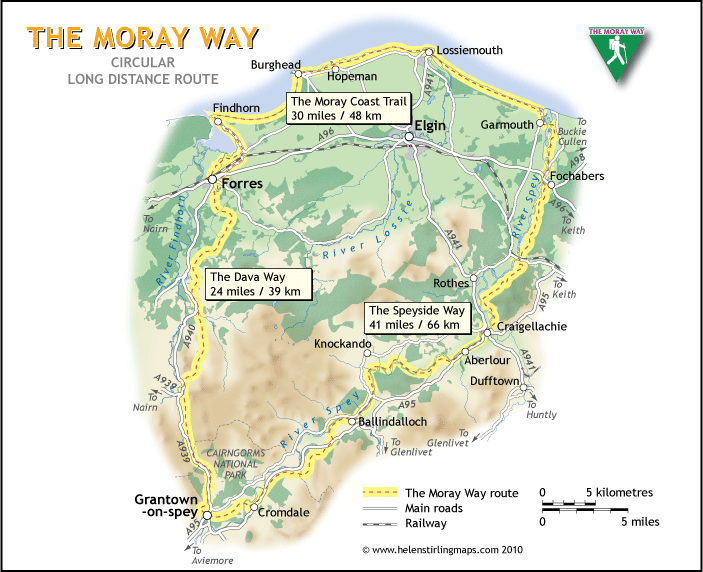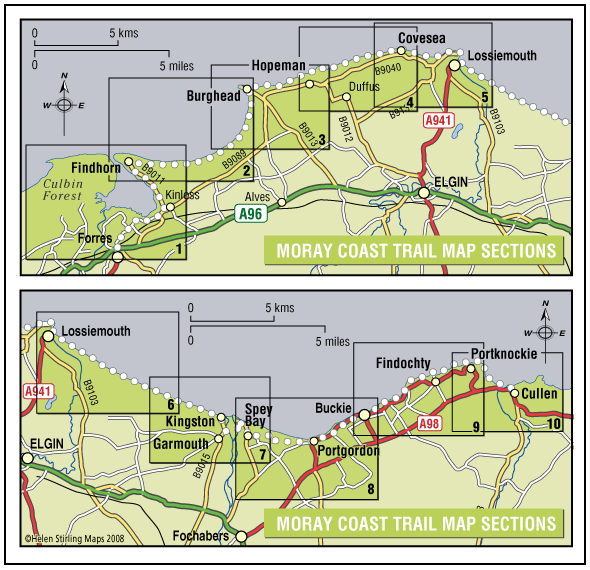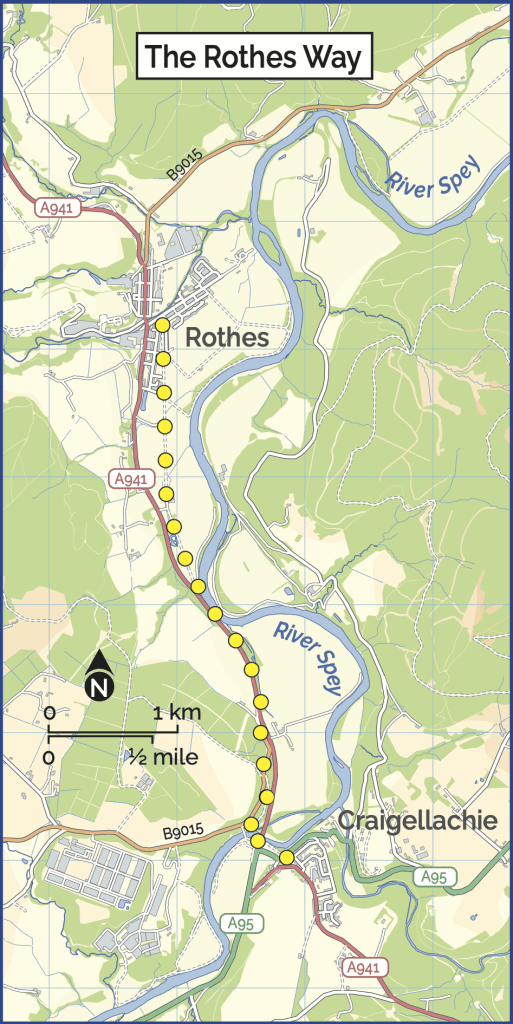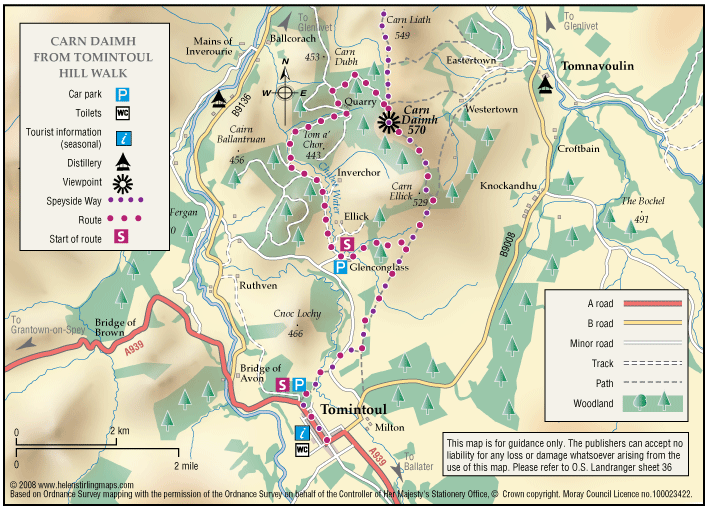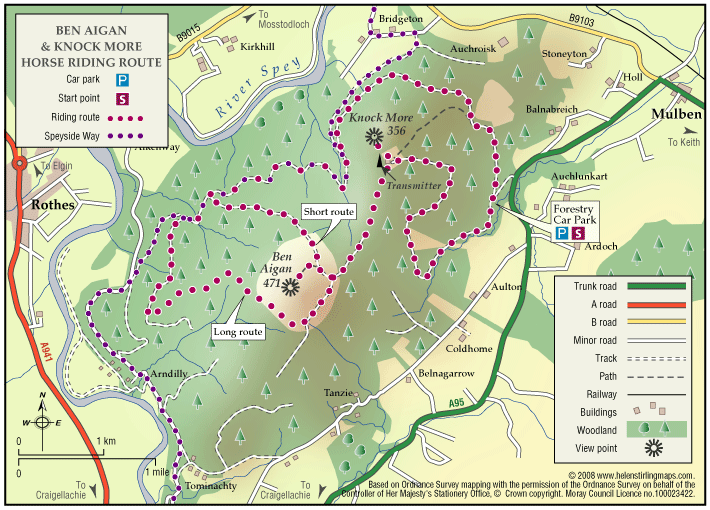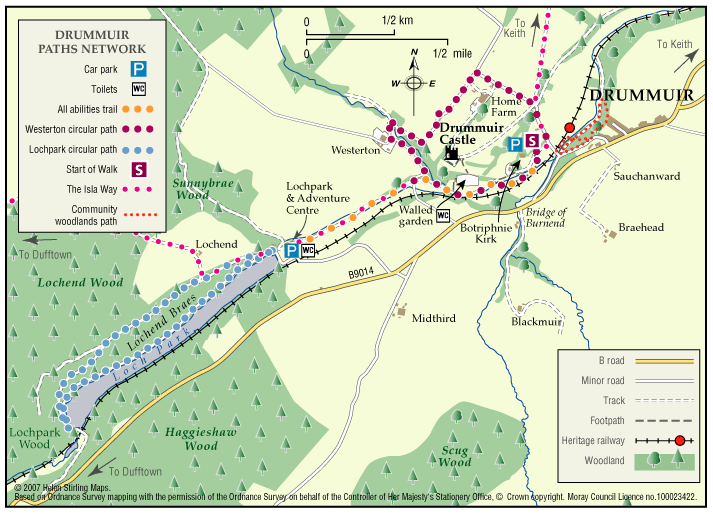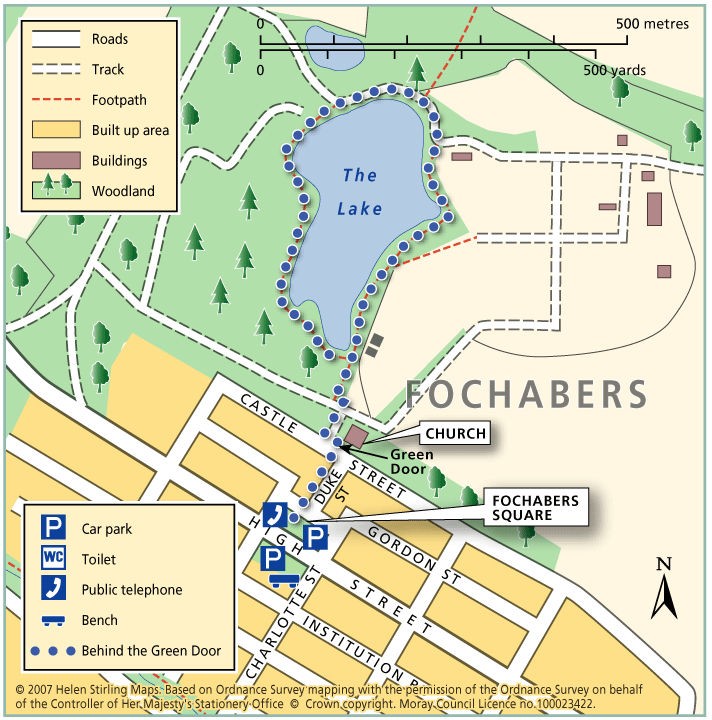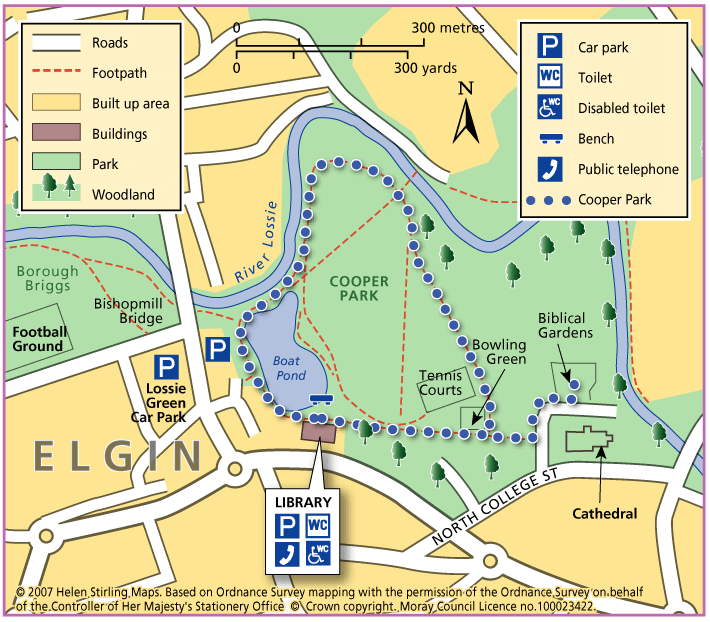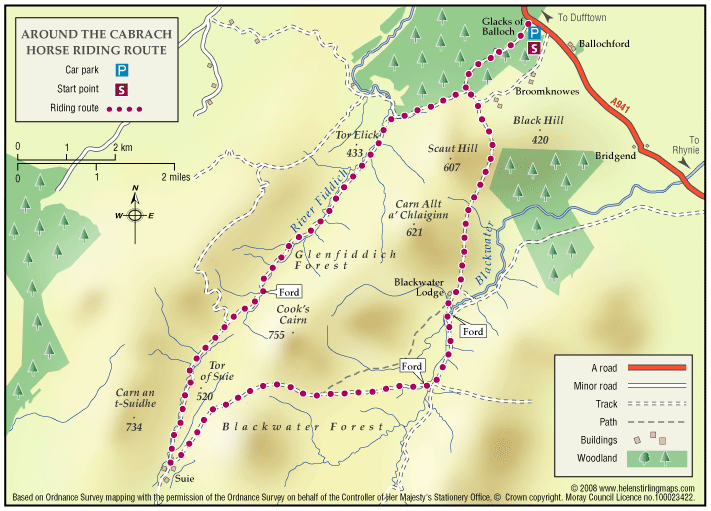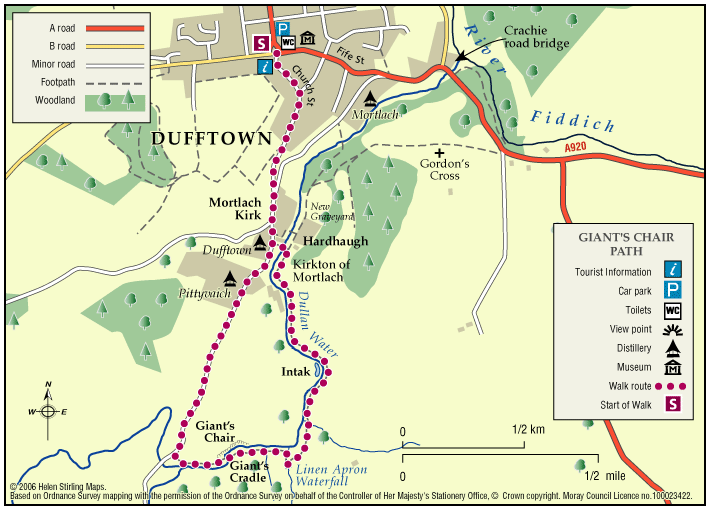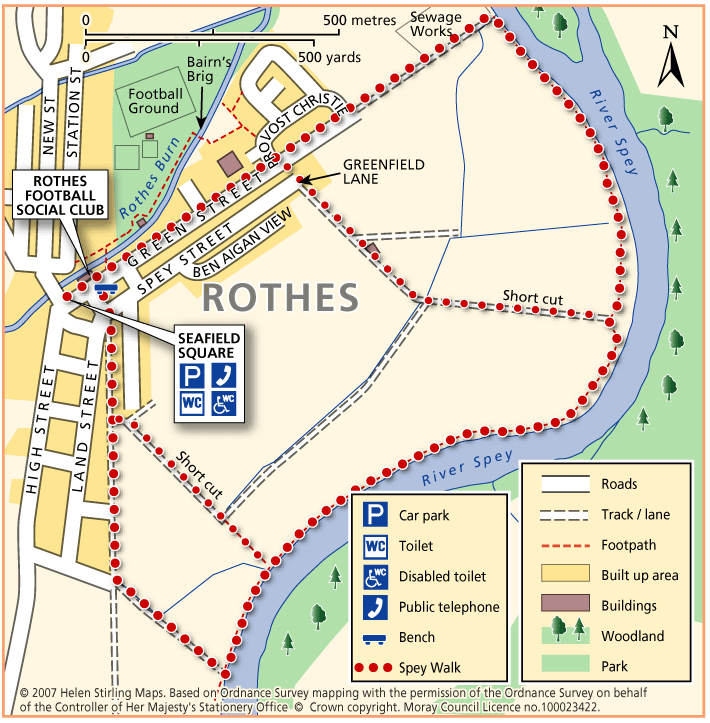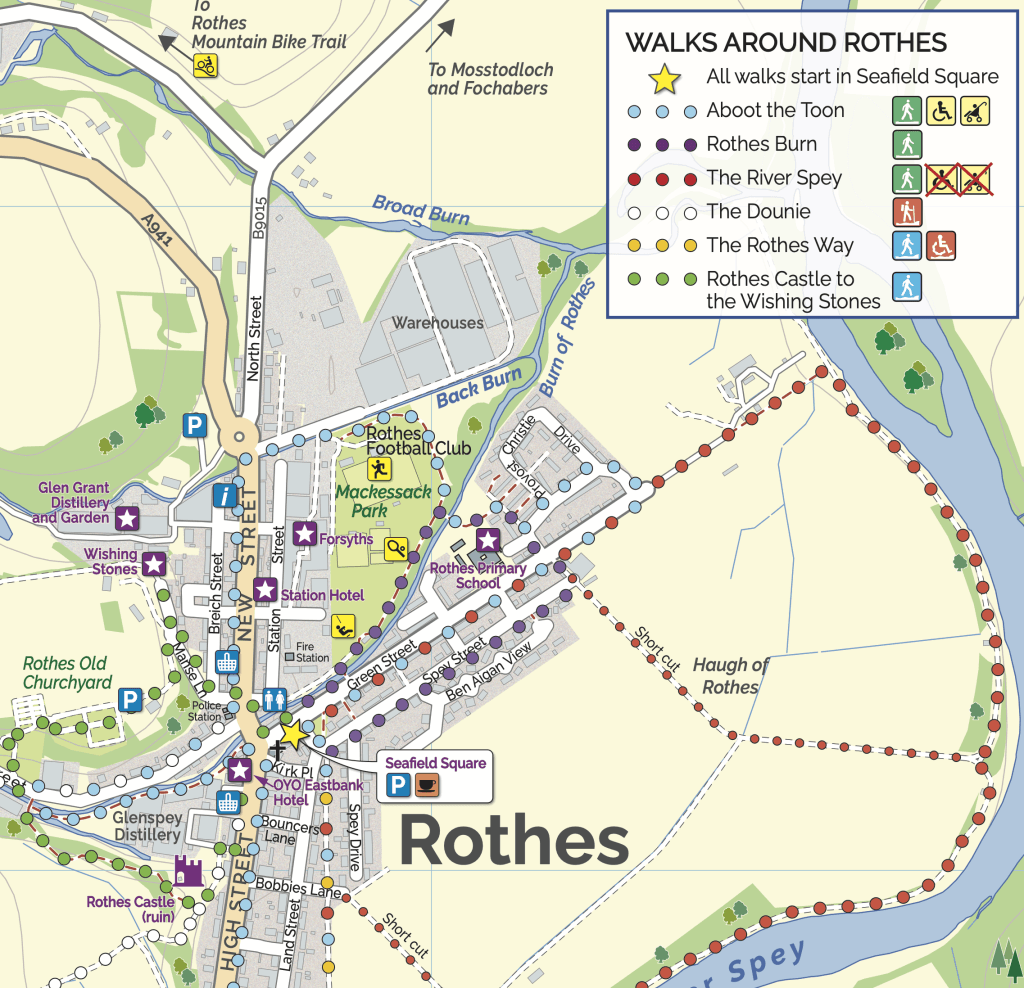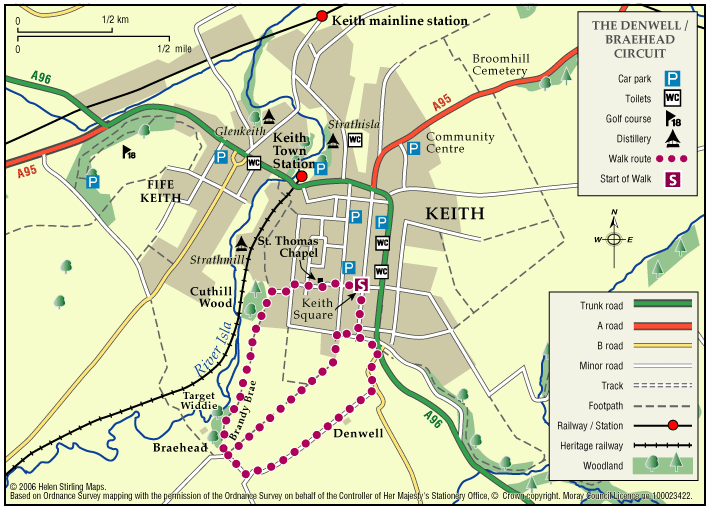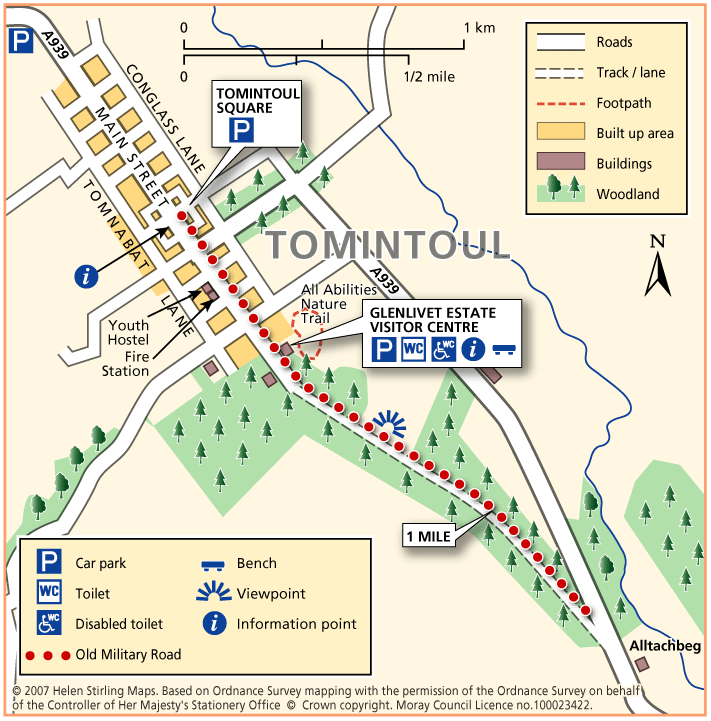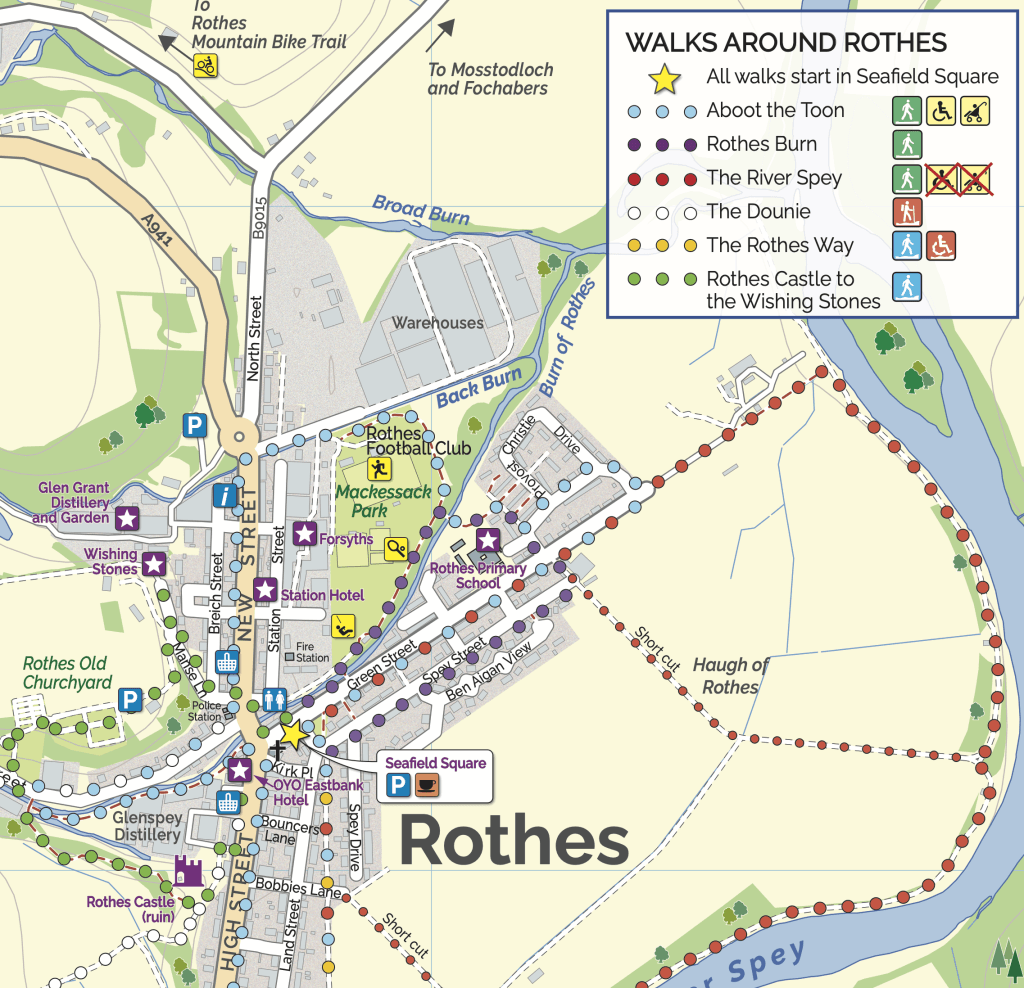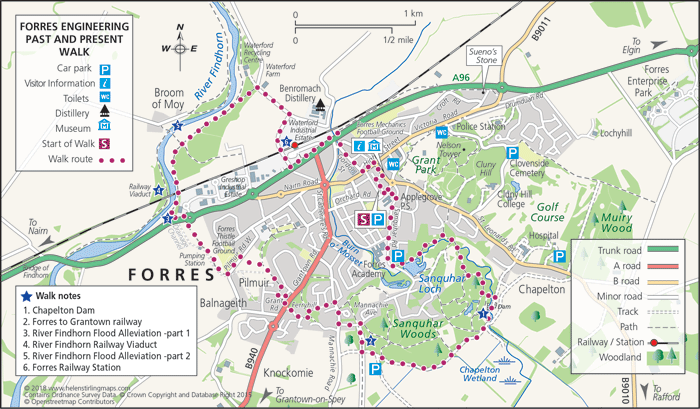The Moray Way
The Moray Way is Moray’s unique long-distance circular route, which follows the Moray Firth coast, crosses over moorland and tracks the river Spey. Few walks can match the range of scenery and wildlife found along the Moray Way. It can be walked comfortably in five to nine days.
Once you have completed the full route, why not claim your free “I WALKED AROUND THE MORAY WAY” certificate and celebrate your achievement by buying a pair of Moray Way socks?
- Long Distance Walk
- Challenging
- 100 miles (160 km)
- 850 meters (2788 ft)
- 9 day(s)
Accessibility: Suitable for a wide range of users
The route is primarily promoted for walking. Sections which make use of old railway lines are suitable for mountain bikes. The beach sections of the Way are ideal for horse riding. Sections of the Speyside Way along the old railway are suitable for horse riding. Cycling and horse riding on other sections of the way is not recommended due to physical condition and consideration for other users.
Terrain: Varied surfaces
There are a wide variety of surface types that make up the route ranging from sandy dunes to minor metalled roads.
Gradient: Mixed gradient
The Moray Coast Trail section is mostly flat with a rougher section between Burghead and Lossiemouth. The Dava Way involves gentle ascent and decent following the old railway line. The Speyside Way is mostly flat where it follows minor roads, tracks and an old railway, but has steep sections at Ben Aigen and near Cromdale.
- Fully signed

